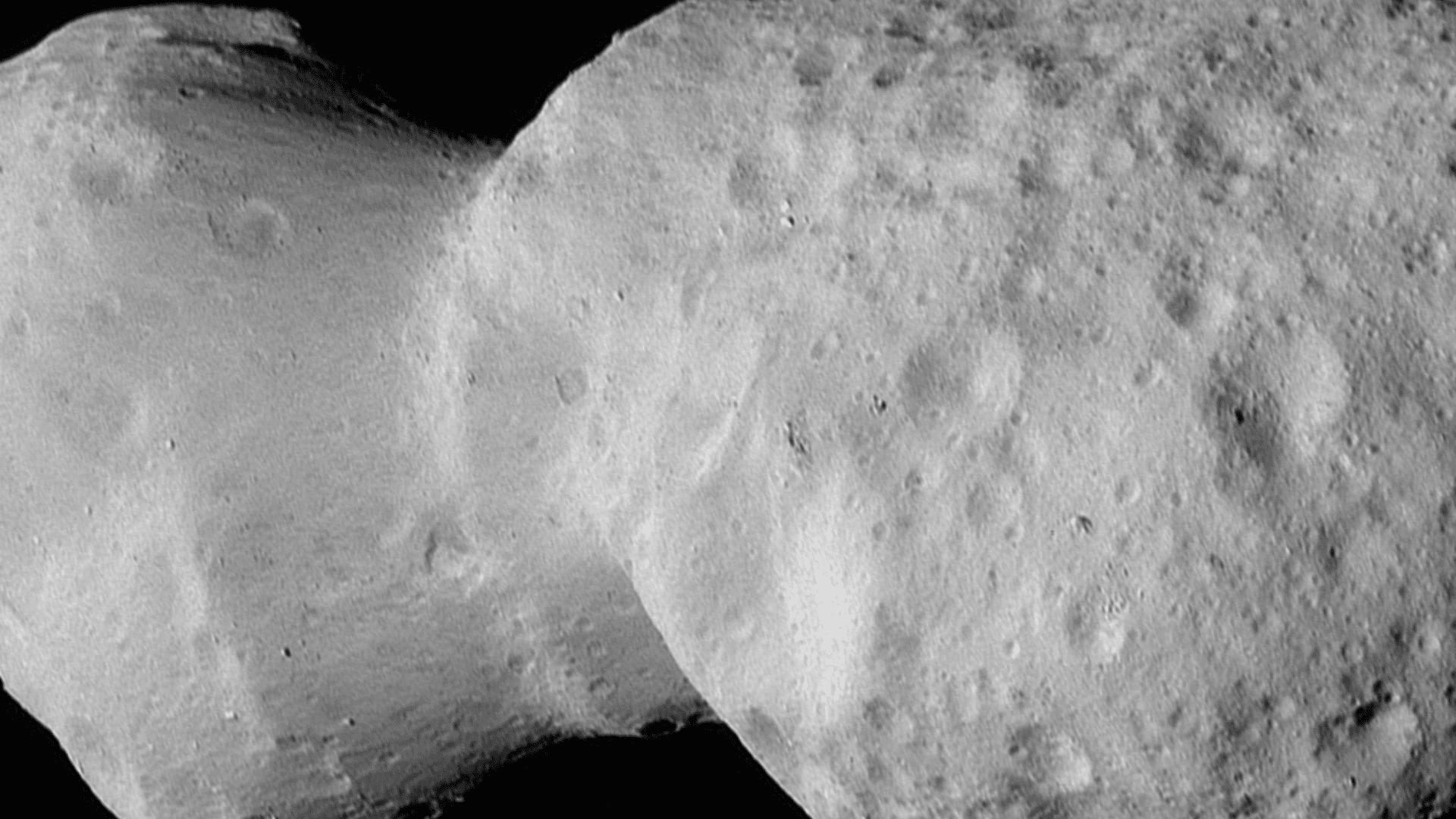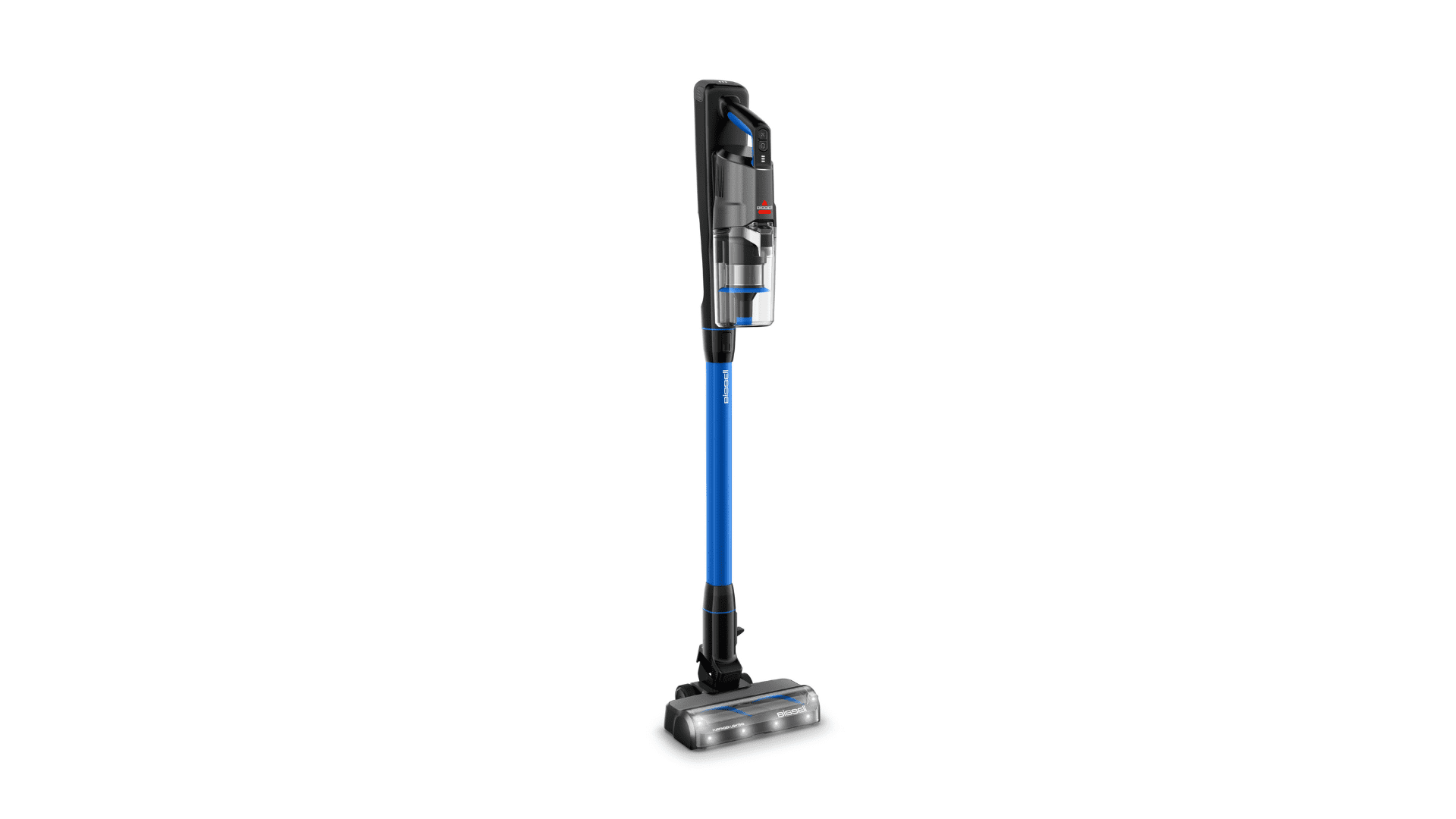NASA has released the first images captured by its Lucy spacecraft of asteroid Donaldjohanson during its 30,000 mph flyby on Sunday. The probe passed within 600 miles of the asteroid in the main asteroid belt between Jupiter and Mars.
Donaldjohanson Asteroid

The photos reveal a long and oddly peanut-shaped space rock. Regarding that asteroid’s unusual shape, NASA also stated that “the team was surprised by the odd shape of the narrow neck connecting the two lobes, which looks like two nested ice cream cones.”
Closer analysis also revealed that the asteroid was larger than originally anticipated, measuring approximately 5 miles long and 2 miles wide at its widest point. It’s so long, in fact, that Lucy wasn’t able to capture the full asteroid in the initially released photos.
The space agency also released a time-lapse of images captured approximately every two seconds. This showcases the asteroid from different angles that rotate slowly due to the spacecraft’s motion flying through space.
“Asteroid Donaldjohanson has strikingly complicated geology,” Hal Levison, principal investigator for Lucy at Southwest Research Institute, said in its statement. “As we study the complex structures in detail, they will reveal important information about the building blocks and collisional processes that formed the planets in our solar system.”
The remainder of the encounter data from the probe will take up to a week to downlink. This includes data collected by Lucy’s other scientific instruments, the L’Ralph color imager and infrared spectrometer, and the L’TES thermal infrared spectrometer.
Researchers will reportedly continue to analyze the spacecraft’s data throughout the next week to further determine the asteroid’s shape.
“These early images of Donaldjohanson are again showing the tremendous capabilities of the Lucy spacecraft as an engine of discovery,” Tom Statler, program scientist for the Lucy mission at NASA Headquarters in Washington, said in a statement. “The potential to really open a new window into the history of our solar system when Lucy gets to the Trojan asteroids is immense.”
Lucy’s second asteroid encounter is being considered practice for anticipated asteroid encounters closer to Jupiter. The spacecraft will reportedly spend the remainder of 2025 traveling through the main asteroid belt toward its first main target, the Jupiter Trojan asteroid Eurybates, which it’s expected to reach in August 2027.







